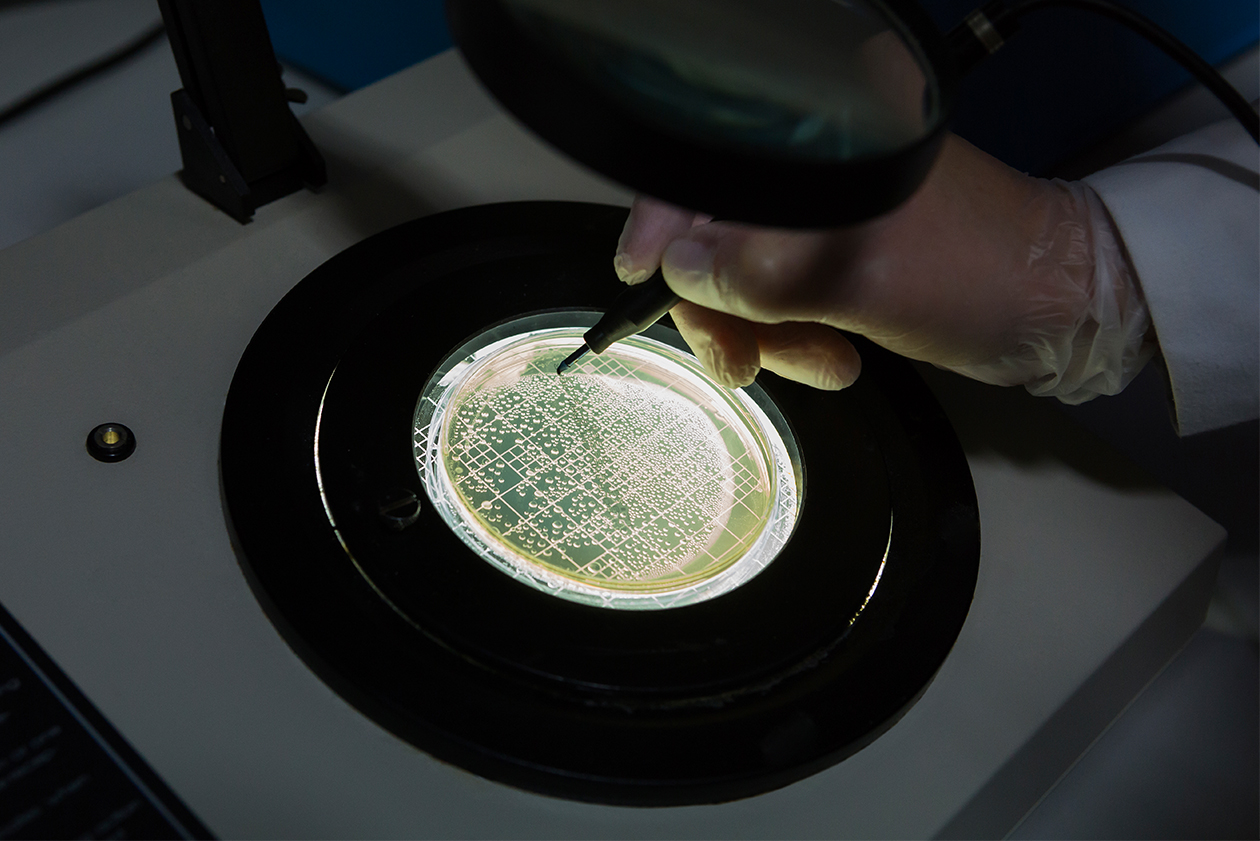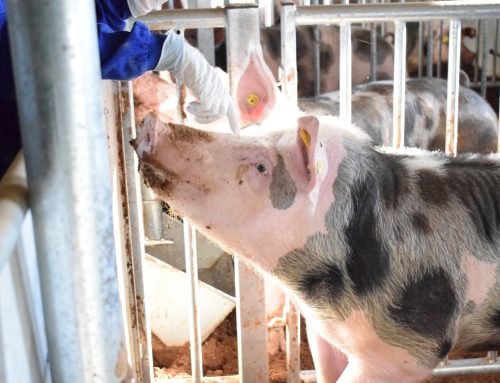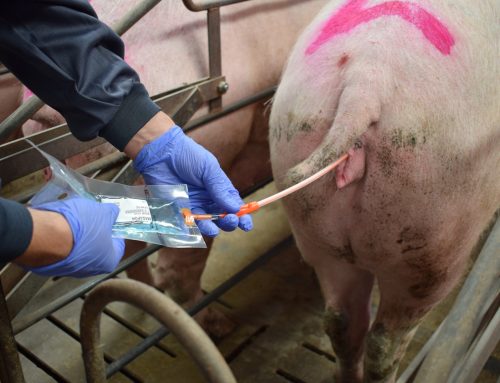What are Magapor’s recommendations?
The water to be used in swine insemination must meet a minimum, this minimum is marked by the standards that we saw in the previous post from various organizations such as ASTM, CAP, NCCLS or ISO. Water that meets the minimum requirements is called Type II water and can be obtained through various treatments, always taking into account the quality of the initial water. This type of water is used for processes that require water free of organic contamination and pyrogens.
One of the mistakes we can make is to pay attention to the pH criterion to assess the water quality of our laboratory. In theory the pH of an ultrapure water is 7 and a freshly purified water should have a pH slightly below 7 however, in practice the water captures CO2 from the air and the pH can go down to 5, without the ionic charge being modified, hence the pH range offered by most laboratory water suppliers is so wide, from 5 to 8.
Therefore, the best parameter to assess the laboratory water of a boar stud is the conductivity or resistivity. Both parameters are inversely related, so that, if the ion content of the water is based on the resistivity parameter, the conversion to conductivity can be made, dividing 1 by the resistivity figure. A conductivity of 0.0555 S/cm (or resistivity of 18.2 mOhm.cm) corresponds to an ion-free water at 25ºC. For information, the mineral water consumed is around 300 µsiemens/cm.
Another important parameter to consider is the calcium hardness, because the presence of calcium in the medium induces the training reaction.
Reference parameters for water suitable for production of semen doses:
- pH: 5-8
- Calcium hardness: < 3 mg CaCo3/liter
- Presence of bacteria: < 30 cfu/ml
- Conductivity (Conductivity: < 5 µsiemens/cm)
- Absence of microorganisms (bacteria/molds and yeasts)
Although there is a minimum to comply in terms of water quality, once this minimum is met, the influence that exists between the different types of water, in terms of fertility and prolificacy results on farm, are uncertain.
Regarding the origin of laboratory water, there are two possibilities: to use commercial bottled distilled water or to produce our own laboratory water.
In the case of deciding to produce our own water from tap water, we must ensure the maximum possible quality of the starting water. The ideal is to use drinking water treated with chlorine, which will ensure a low microbial load, to which we will subsequently have to apply an adequate purification process that removes chlorine and as much solutes as possible.
It is also important to know the average content of calcium and magnesium content (hardness) of the inlet water, since if it is very high it will be necessary to place a water softener at the entrance of the system.
Another point to watch in addition to the water that we produce or we buy, is its storage, in totally watertight tanks, if possible in blown polyethylene, avoiding contact with the environment. We recommend not to store water, due to the ease of contamination. If storage is necessary, it should be for as short a period as possible.
Once these minimum requirements are met, we will ensure that we will not have any problem regarding the interaction between the water and the diluent, ensuring an optimal environment for the maintenance of the spermatozoa.



